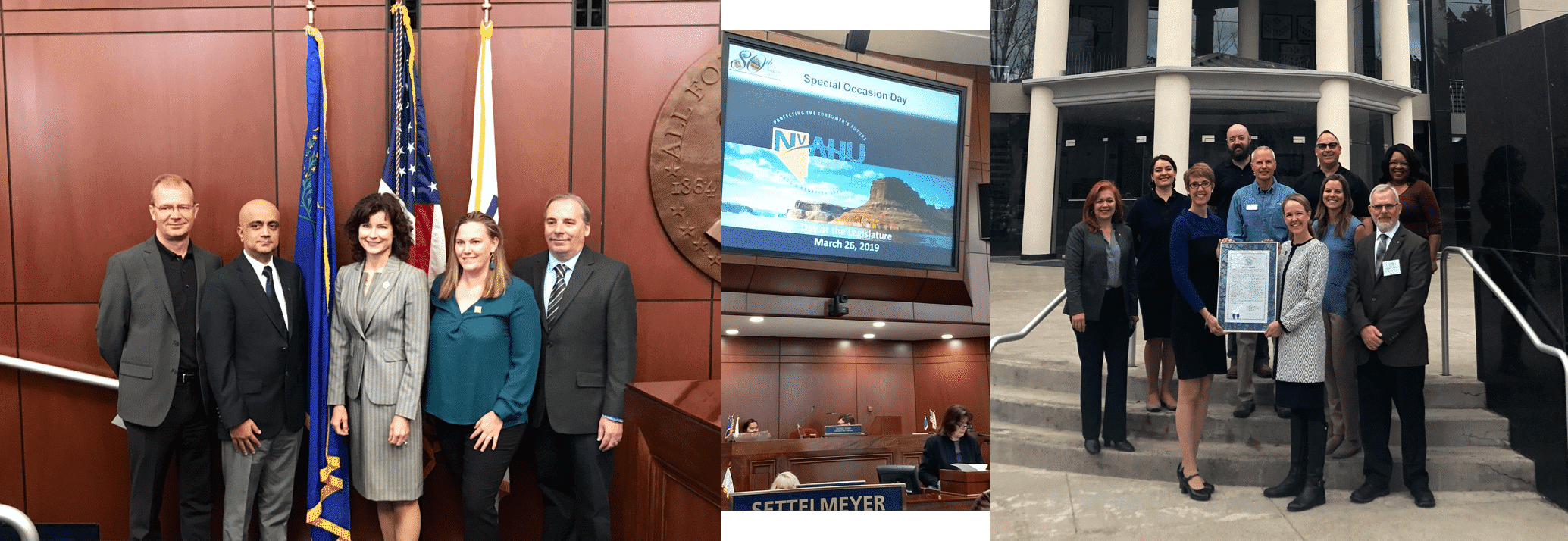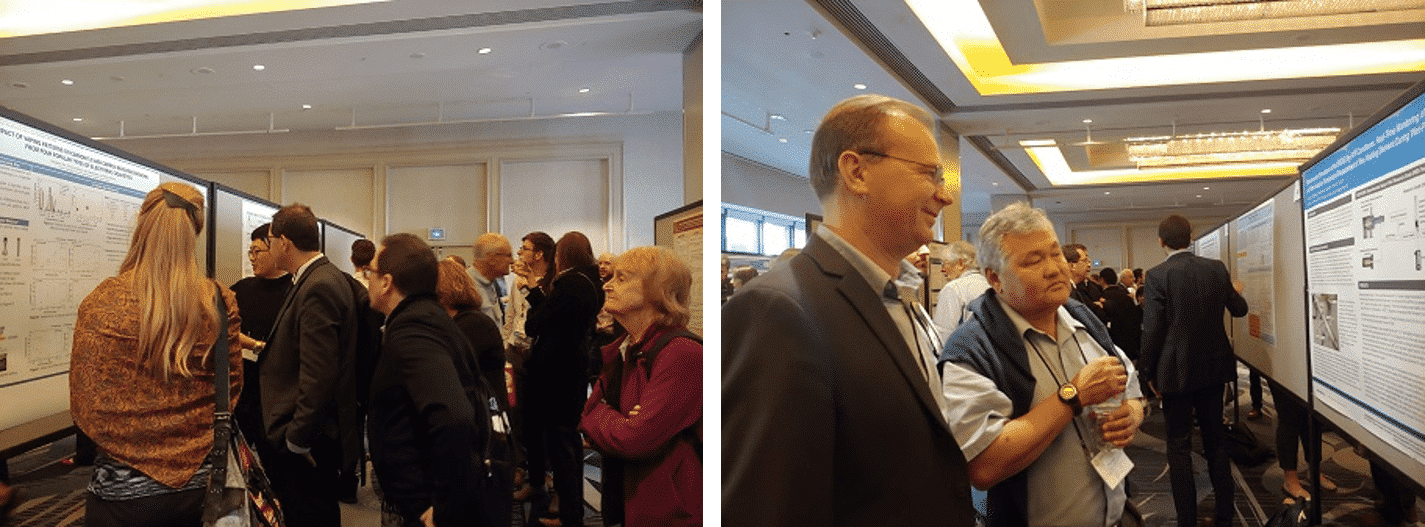Emissions from wildland fires and biomass fuel use contribute to regional air pollution events, global scale radiative forcing and climate change, and cause severe health effects. However, the role of organic compounds in these processes is still largely unknown and underestimated.
For this reason, the OAL team performs combustion experiments in the DRI’s combustion chamber to characterize in details chemical and physical properties of biomass-burning emissions, especially organic compounds.
Moreover, to study atmospheric aging of combustion pollutants, OAL students operate the oxidation the flow reactor (OFR) that needs only 1-2 minutes to mimic 7 days of oxidation in real atmospheric conditions.
This work is supported by NSF (grant no. AGS-1544425, P.I.: V. Samburova, co-PIs: H. Moosmüller and A. Khlystov), NASA (grant no. NNX15AI48G, P.I.: H. Moosmüller, co-P.I.: V. Samburova), and DRI’s Wildland Fire Science Center (WFSC)
Gallery:
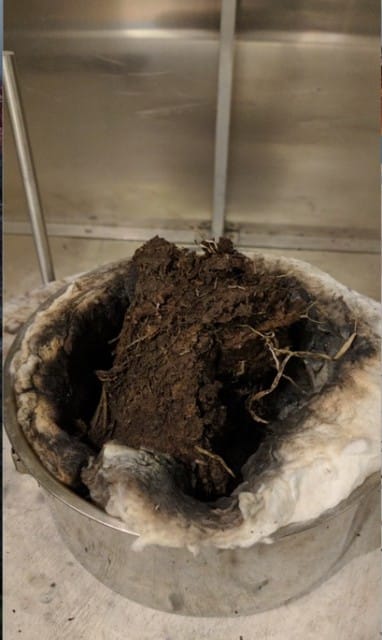
The OAL team use Malaysian peat fuel for a combustion experiment.
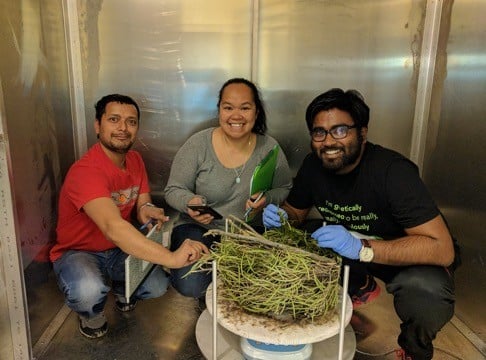
Students Chiranjivi Bhattarai, Michaelene (Miki) Iaukea-Lum, and Deep Sengupta preparing eucalyptus for burning experiment in the DRI’s combustion chamber.
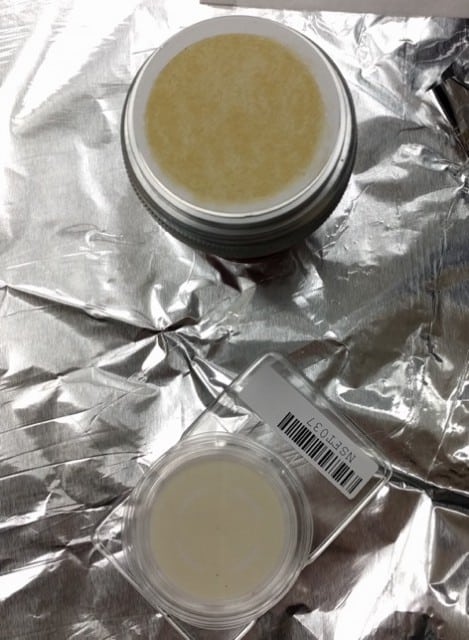
TIGF filters sampled with biomass-burning emissions from combustion of Malaysian peat.
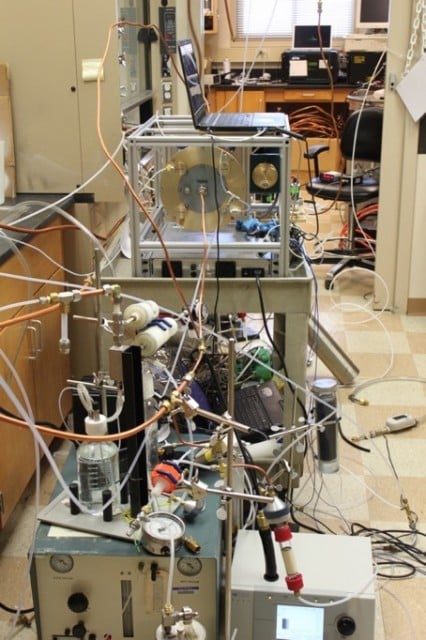
OAL’s oxidation flow reactor
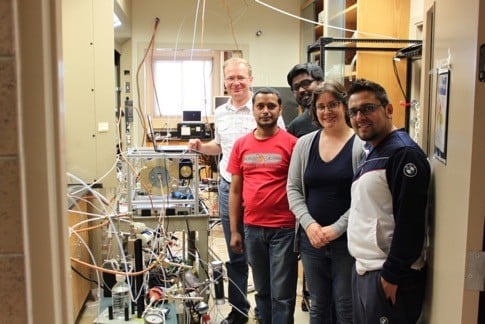
OAL “biomass-burning” team
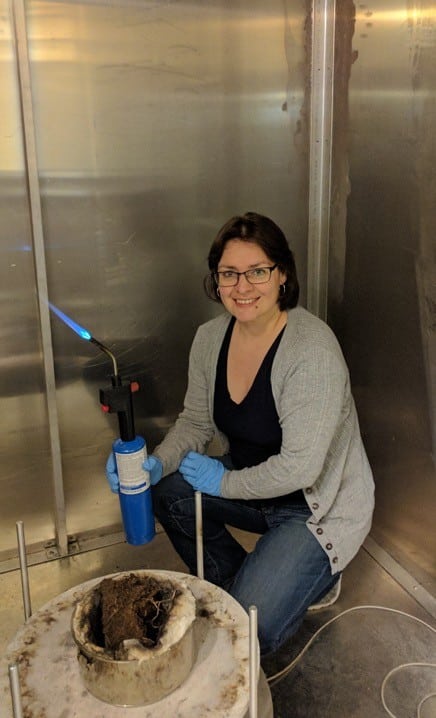
OAL Assistant Research Professor Vera Samburova is starting the combustion experiment with Malaysian peat fuel.

